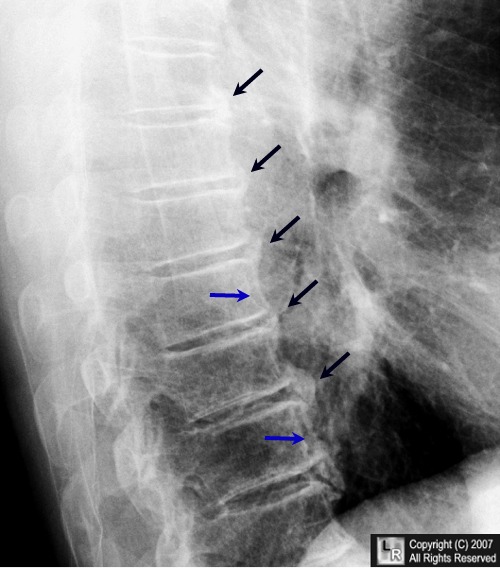Tinel's test.
In the Tinel test, the doctor taps on or presses on the median nerve in the patient's wrist. The test is positive when tingling in the fingers or a resultant shock-like sensation occurs.
Phalen's test
Phalen's test is done by pushing the back of your hands together for one minute. This compresses the carpal tunnel and and has the effect of pinching the median nerve between the proximal edge of the transverse carpal ligament and the anterior border of the distal end of the radius. It is positive when it causes the same symptoms you have been experiencing with your carpal tunnel syndrome.
There is this other clinical test, which is something new - Hand elevation test.
1. Raise the arm of the hand you want to test for carpal tunnel syndrome, holding it straight up as far as it will comfortably extend. Allow your doctor to correct your positioning, if needed.
2. Hold your arm in the elevated position for a minimum of two full minutes.
3. Use the test to detect whether or not elevating your hand induces the symptoms of carpal tunnel syndrome. These include numb or tingling fingers (excluding the pinky), stiffness or pain in the fingers, palm of the hand or wrist, and soreness or pain that reaches as far as the shoulder.
4. Have your doctor perform follow-up tests, such as the Phalen test or the Tinel test. Most doctors only consider the hand elevation test to produce meaningful results if they can be duplicated using other, more specific, carpal tunnel syndrome tests.
From the Journal of Hand Surgery:
The test was considered positive if the patient reported symptoms similar to those of which they had complained of at presentation. The test was negative if the patient was asymptomatic after1 minute. Tingling and numbness in the tip of the thumb, index or middle finger was the major
symptom of which patients complained during this test.
Osteophytes
Osteophytes is the medical term for the overgrowth of bone tissue more commonly called ‘bone spurs. Despite the term ‘spur’, osteophytes are actually small round lumps of extra bone that grow around joints. Osteophytes are the body’s attempt to compensate for existing bone and ligament degeneration due to age or injury. Unfortunately, the body’s attempt to heal itself this way is unsuccessful. Osteophytes are most often found along the spine, but they may be present on any bone in the body. Osteophytes may create pressure on any of the nerves that branch out from the spinal column to result in painful and sometimes debilitating medical conditions. These bone spurs can also rub against other structures in the body such as tendons and other bones and cause pain. Tingling or numbing sensations in the arms, hands, legs or feet can signify the presence of osteophytes along the spine.


X-ray of bone spur.
 CT Scan showing bone spur. (Green arrow)
CT Scan showing bone spur. (Green arrow) MRI. Long arrows are osteophytes.
MRI. Long arrows are osteophytes. Short arrows are osteophytes.
Short arrows are osteophytes.P.S. I'm really not sure why osteophytes has got to do with CPT except that when they compress a spinal nerve it might cause similar symptoms. So differential diagnosis ? Hahaha..



No comments:
Post a Comment